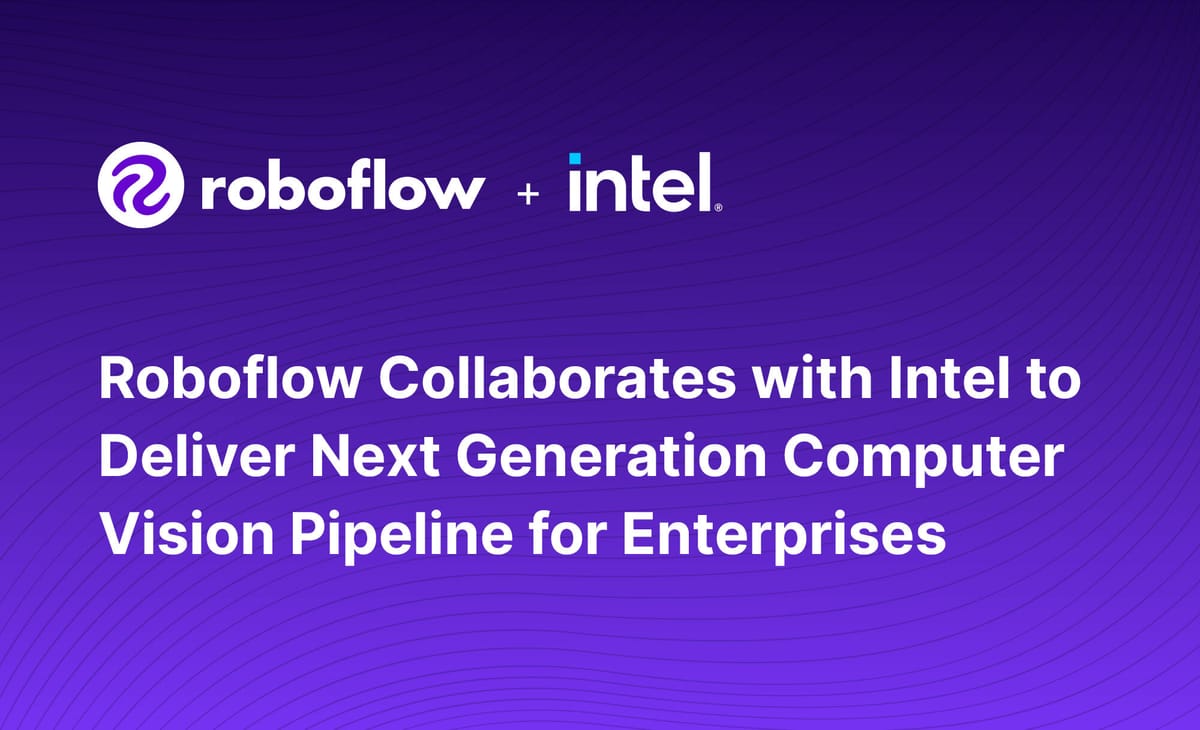
Roboflow joined the Intel Disruptor Initiative to push the limits of innovation in real-world computer vision applications. Roboflow and Intel are working together to democratize access to computer vision by optimizing computer vision software pipelines to operate at the highest level of performance with Intel hardware.
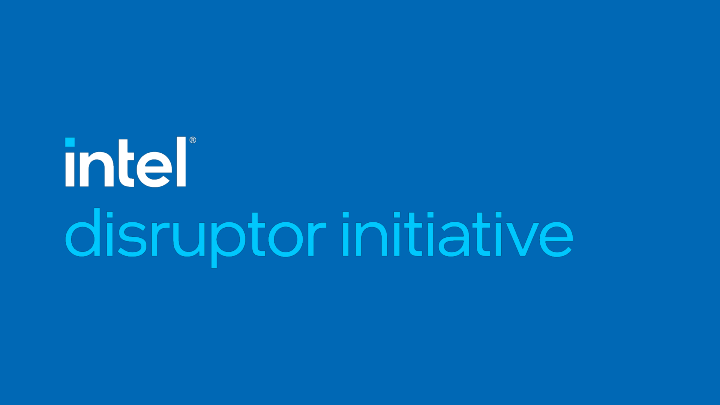
Collaborative Engineering and Technology Partnership
Intel supports high-growth technology companies focused on innovative AI and data-centric enterprise use cases with joint engineering efforts to optimize hardware and software solutions. The combined effort between Roboflow and Intel will allow computer vision to be deployed to more locations and more use cases than ever before.
“Roboflow is on a mission to democratize computer vision and Intel provides high performance training and deployment solutions for enterprises building computer vision pipelines, which allows us to put computer vision into the hands of all developers.” - Mark McQuade, Head of Partnerships and Field Engineering at Roboflow
Joining the Disruptor Initiative, alongside other companies such as Elastic and Snowflake, highlights Roboflow as a trusted partner to Intel customers for meeting the needs of enterprise customers in need of deploying enterprise-ready computer vision applications.
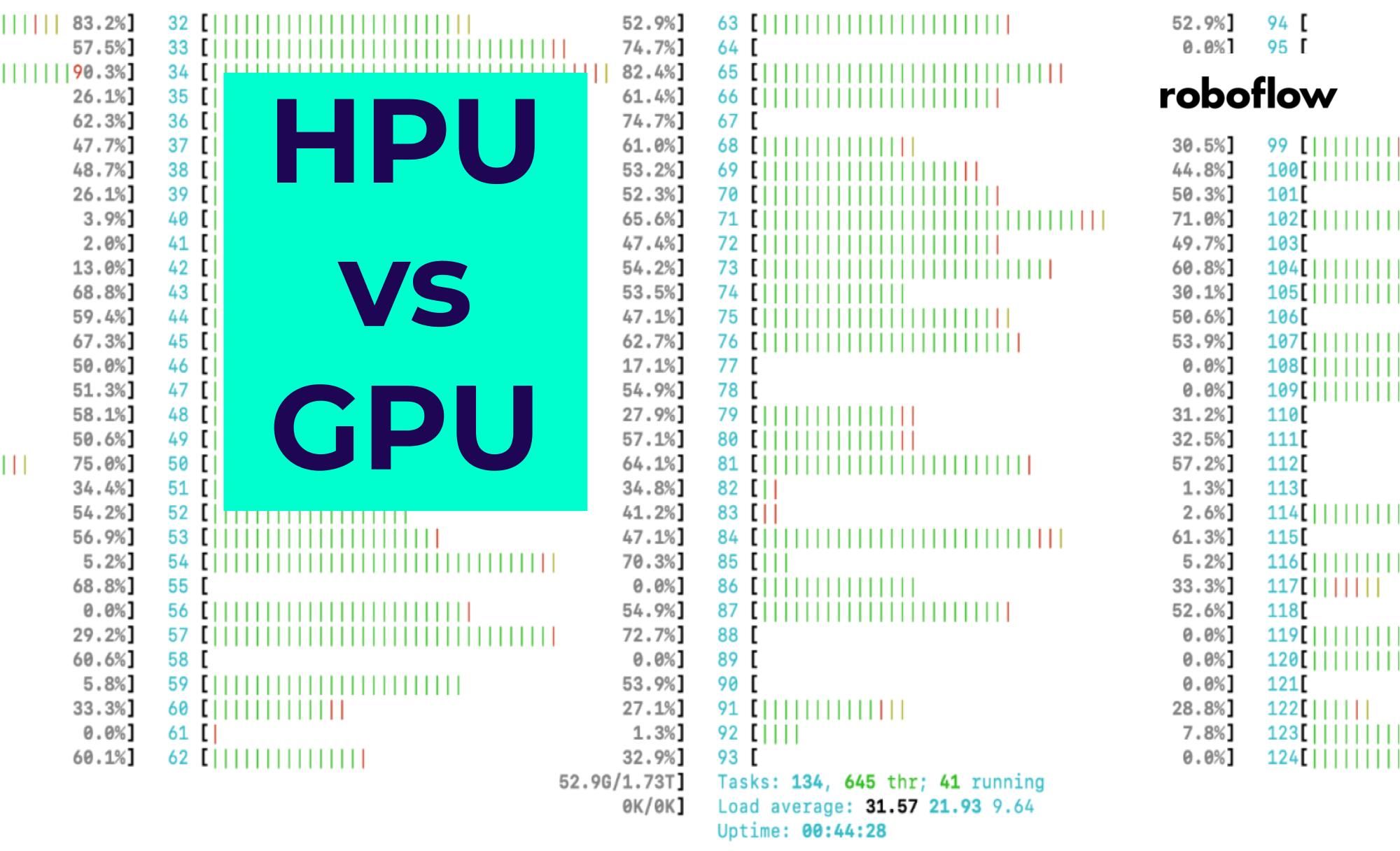
Roboflow 100: A New State-of-the-art Object Detection Benchmark with Intel
The partnership between Intel and Roboflow began in October 2022 with the first major milestone being the release of the Roboflow 100 (RF100), a crowdsourced, open source object detection benchmark. RF100 advances the state-of-the-art in object detection with a new way to benchmark computer vision models across domains and task targets.
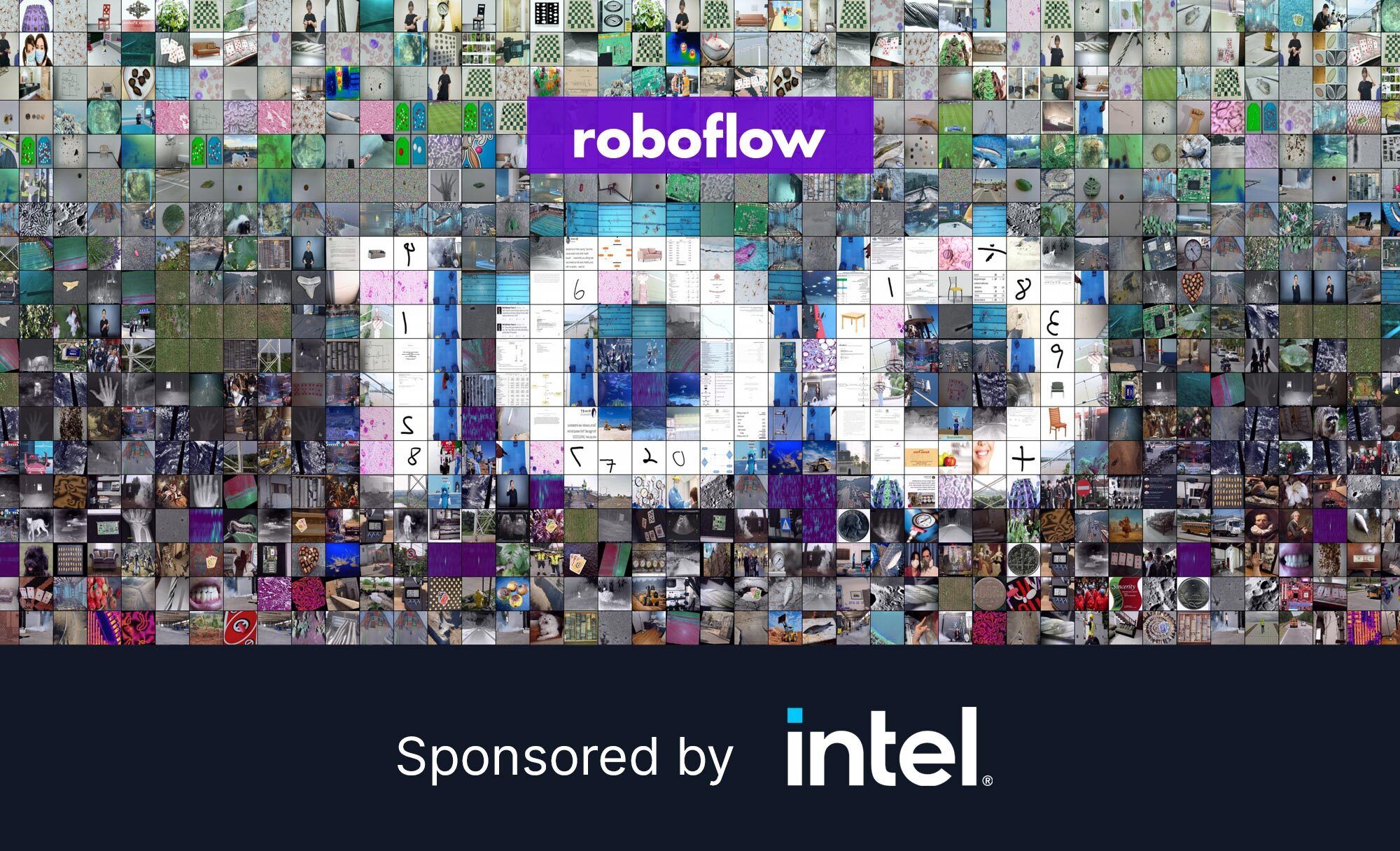
RF100 consists of 100 projects that span 7 imagery domains, 224,714 images and 829 classes with over 11,170 labeling hours. Creating a new benchmark for object detection models helps businesses better understand the generalizability of their models across tasks and provides a way to choose the best model architectures for their use cases. Bringing this insight to customers is an important step in highlighting the value of custom datasets for vision applications.
Improving Inference Performance on Custom Datasets
Intel, in collaboration with Microsoft and Roboflow, has redefined inference on Intel hardware by integrating Intel Distribution of OpenVINO toolkit with Torch-ORT, while maintaining the native PyTorch experience, leading to a ~13% improvement in model performance on a custom dataset by only adding 2 lines of code. When it comes to PyTorch models specifically, this gives businesses the ability to use the PyTorch APIs and achieve accelerated inference performance gains on Intel hardware.
Building models with custom data and optimizing inference performance showcases how Roboflow and Intel offer best-in-class solutions at each step of the computer vision pipeline.
Roboflow and Intel Advancing Computer Vision for Enterprises
Together Roboflow and Intel will deliver open source datasets and pre-trained models that developers can use to start deploying computer systems in days instead of weeks. We are focused on continuing to deliver state-of-the-art model performance across business domains and use cases to put cutting edge technologies into the hands of enterprise businesses for deploying vision AI at the edge.
The democratization of computer vision, by aligning software and hardware to push the boundaries of performance, greatly expands the applicability and adoption of computer vision across industries.
“Intel’s engineering teams help disruptor innovators leverage cutting edge Intel products to deliver increased levels of performance for our customers and ecosystem” said Arijit Bandyopadhyay, CTO - Enterprise Analytics & AI, Head of Strategy and M&A - Enterprise & Cloud at Intel “Together we are creating next-generation advancements in computer vision to bring high performing vision AI applications to the enterprise.”
Learn more about how you can use Roboflow and Intel together by getting in touch with our team today.
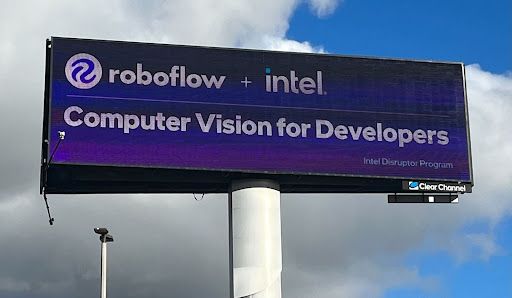
Intel, the Intel logo, and other Intel marks are trademarks of Intel Corporation or its subsidiaries.
Cite this Post
Use the following entry to cite this post in your research:
Trevor Lynn. (Jan 9, 2023). Roboflow Collaborates with Intel to Deliver Next Generation Computer Vision Pipeline for Enterprises. Roboflow Blog: https://blog.roboflow.com/roboflow-intel-computer-vision/

